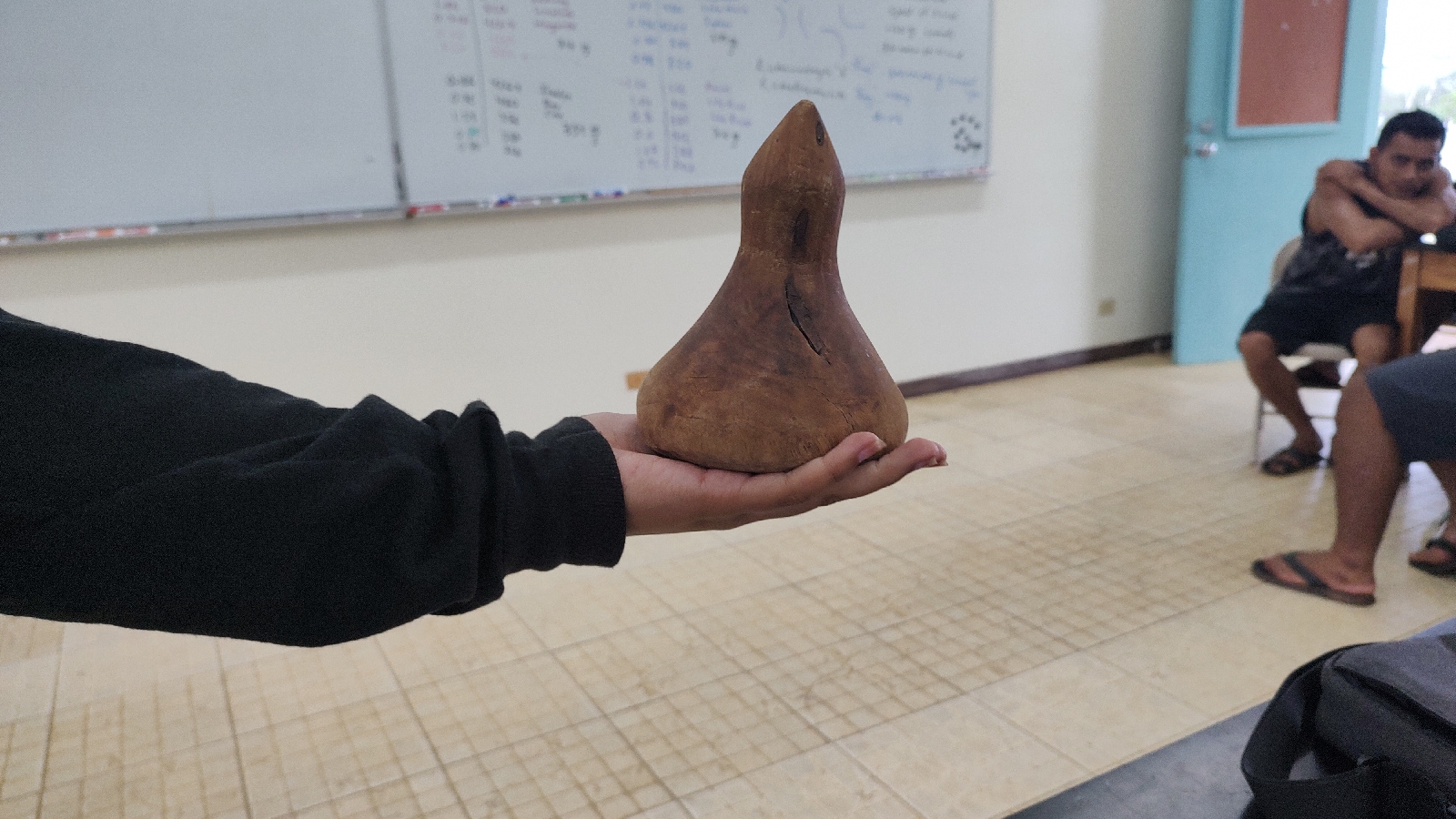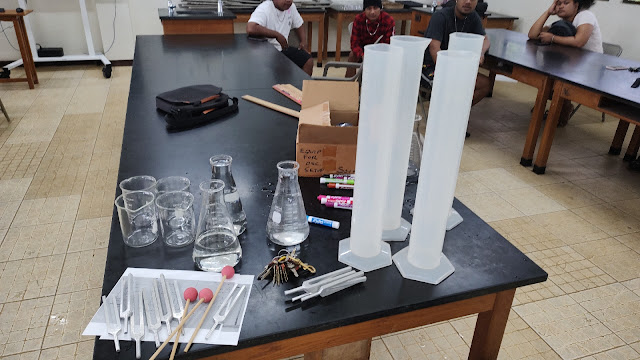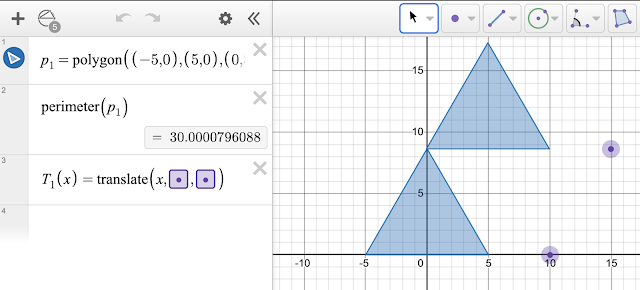11.3 An attempt at Cohen's d effect size with hula hooping

For section 11.3 on Cohen's d effect size I wanted an in class activity that would generate a statistically significant difference. Based on prior interactions with students and hoops, I was accustomed to students not knowing how to hoop. The basic concept was have them try to hoop, essentially not do well, show them how to hoop, and then use a paired t-test for a difference in the number of rotations from before to after. There were two complications with this plan. The first was a very small sample size. The second was that some students already knew how to hoop. Such as Jessian above. The result was a p-value larger than our alpha of 0.05. That's a paired t-test for a pairwise difference in means - a "type 1" TTEST in Google Sheets. While the Cohen's d should not have proceeded, I still wanted to demonstrate the functions. Obviously there are a plethora of problems with this example - Jessian clearly knew how to hoop and could have done more but had








